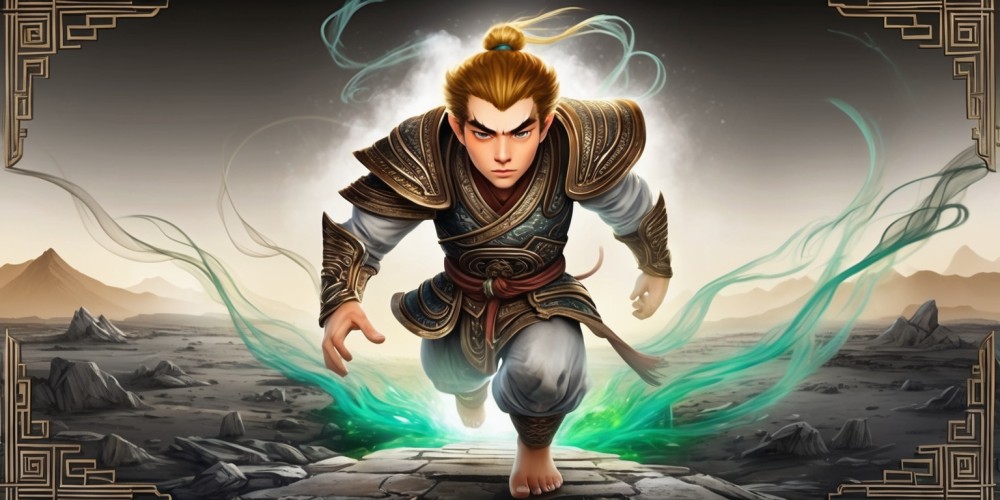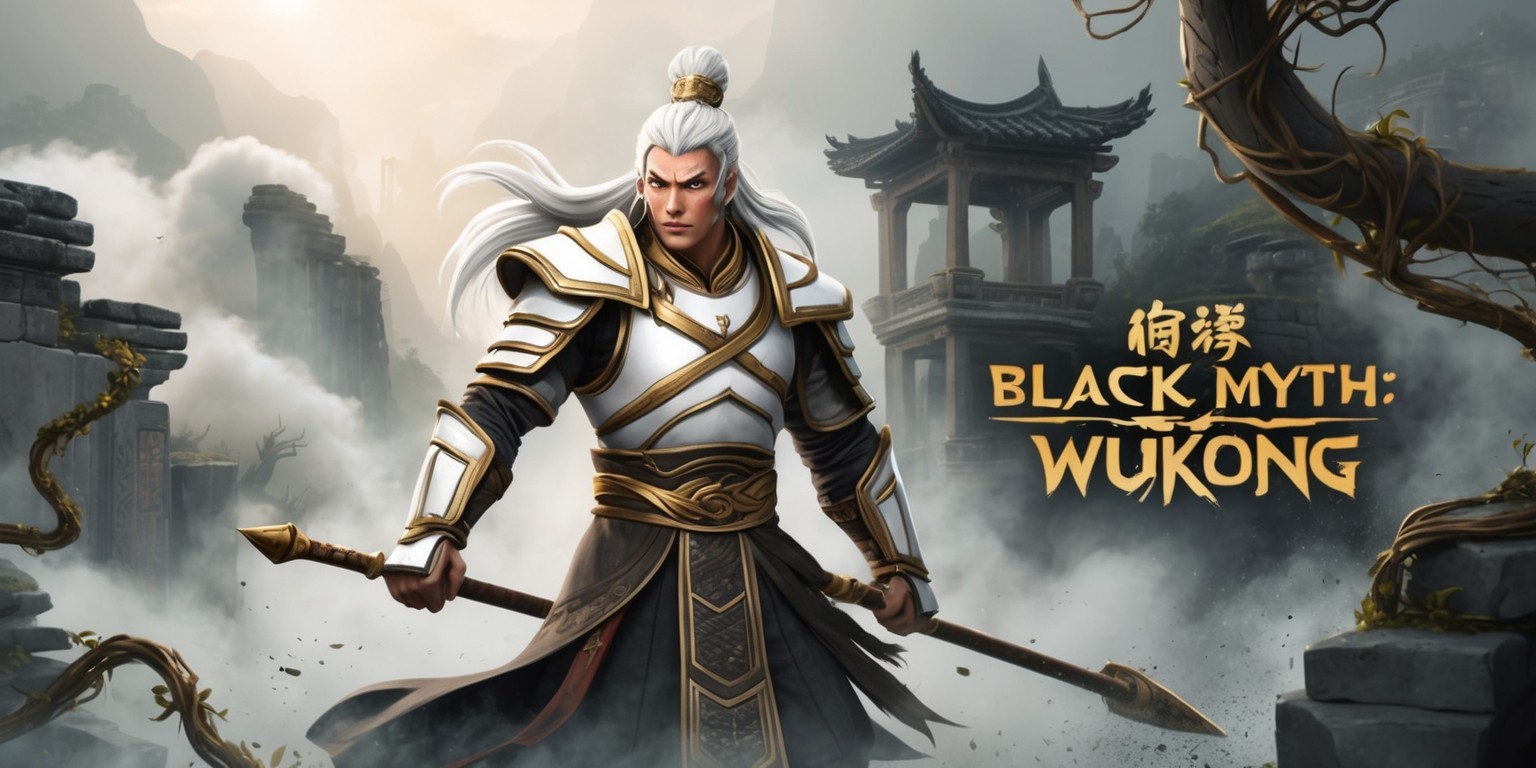Exploring the Boundaries of Fantasy: The Duality of Immersion and Limitation in Black Myth: Wukong
- Dec-30-2024

In the expansive realm of gaming, only a limited number of titles manage to ignite excitement and anticipation as intensely as Black Myth: Wukong. This title has quickly drew the interest of both gamers and reviewers, lauded for its breathtaking visuals, compelling storyline, and dynamic combat prowess. In an era where the gaming industry is increasingly swayed by live-service models laden with monetization, Black Myth: Wukong emerges as a refreshing single-player experience, drawing players returning to a time when the emphasis was on delivering an immersive and complete narrative without intrusions in the form of in-game purchases. However, amidst its brilliance, the game dances around a familiar issue prevalent in the realm of open-world games: the invisible walls that limit exploration and blunt the experience's grandeur.
Immersive Visuals Paired with Constraints
Black Myth: Wukong dazzles players with an expansive world that boasts visually stunning landscapes and intricate designs. Yet, this beauty is overshadowed by invisible barriers that punctuate the gaming experience. As players traverse through different levels, they are met with awe-inspiring sights that are tantalizingly just out of reach, serving as painful reminders that they are ensconced within the confines of a video game.
The Contrast Between Aspirations and Limitations
One of the notable disappointments associated with invisible walls is the stark contrast they create between developer ambition and player experience. The striking disparity between the world the developers have created and the rigid boundaries imposed can detract from the overall immersion, leaving players with a bittersweet taste as they’re constantly reminded of the game's limitations.
Missed Opportunities for Creative Approaches
While barriers may be a commonality in gaming, the creative potential that could be harnessed is often stifled. The omnipresent invisible walls come off as artificial restrictions, removing opportunities for players to organically interact with the world around them. This lack of imaginative design can break the immersion, leaving gamers feeling disconnected from the beauty presented.
Understanding the Technology Behind Game Design

It's essential to recognize that these invisible barriers aren't merely the developers' oversight but are often a byproduct of existing technological constraints. As sophisticated as the gaming industry has become, the ability to render vast open worlds where everything is freely accessible comes with challenges that current technology struggles to fully address.
Alternative Design Choices: A Lesson from Zelda
Innovative titles like The Legend of Zelda: Breath of the Wild, have managed to sidestep this restriction through clever design. By employing natural barriers like imposing mountains or expansive bodies of water, developers guide players back to the intended paths without shattering immersion. These practices present a holistic approach to world design, demonstrating how limitations can be framed as opportunities for exploration rather than constraints.
The Hope for Evolving Open-World Designs
With the continuous advancement of gaming technology, there's growing hope among players that future open-world games will employ inventive solutions to navigate world boundaries. Innovations in procedural generation and rendering technology may pave the way for more seamless experiences, rekindling the feeling of limitless exploration in gaming worlds.
Black Myth: Wukong's Abundant Offerings Despite Limitations
Gamers are still afforded the chance to engage with the vast and enchanting universe of Black Myth: Wukong despite the presence of invisible boundaries. This game serves as an exemplary model for crafting immersive worlds that look and feel alive, even when they fall short of being fully accessible.
A Balancing Act: Beauty versus Restriction
Though invisible walls are often viewed as drawbacks in an otherwise exceptional gaming experience, many players have found solace in the game’s stunning environments and gripping boss encounters. These elements of the game remind players of the grandeur that can emerge even when boundaries exist, hinting at the potential of more innovative designs in future titles.
The Need for Innovation in Gaming
Invisible walls underscore a critical necessity for ingenuity within the gaming sector. As creators persist in stretch the boundaries of what’s possible, they must also address how players interact with their worlds. This balance between creative vision and practical limitations will define the future of open-world experiences.
Community Engagement: Voices of Gamers
The gaming community thrives on discourse, and as the conversation around these prevalent issues unfolds, players have a chance to express their views and favorite open-world experiences. Each unique perspective enriches the landscape, highlighting the diversities found within gaming communities.
Conclusion: A Journey of Discovering Potential
Black Myth: Wukong may be marred by the invisible walls that often block the paths to full exploration, but the game also opens a dialogue about the future of open-world gaming. Through stunning presentation and engaging gameplay, it invites players to reflect on the balance of game design, community involvement, and technological progress. As the industry evolves, the need for innovation becomes ever more pressing—transforming not only how players experience their worlds but also unlocking the true potential that gaming has to offer.
In summary, the beautifully crafted landscapes of Black Myth: Wukong provide a starting point for meaningful conversations and reflections on game design. As players ponder their favorite open-world experiences, they contribute to the ongoing evolution of the gaming medium. While the limitations remain, the future of gaming shines bright as it strives to overcome obstacles driven by imaginative ideas and inventive approaches.












